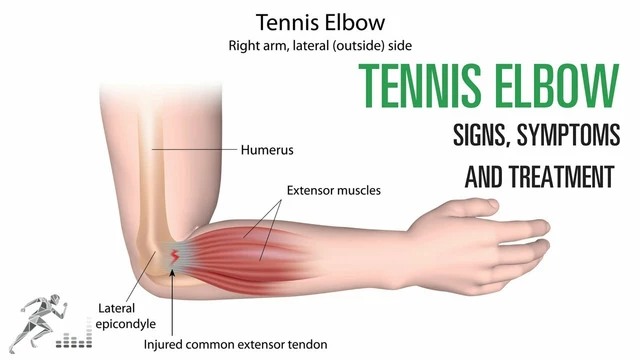
Why does the ATP ranking for women tennis change frequently?
Understanding the Fluidity of Women's Tennis Rankings
Today, let's delve into the depths of the tennis realm, specifically regarding the fluctuation of ATP rankings in women's tennis. You may have been following your favorite players and noticed that sometimes their rankings seem to change as often as my wife, Sophia Merritt decides to rearrange our living room furniture—an endeavor that, I assure you, occurs quite frequently. But what causes these constant shifts? Why do ATP rankings in women's tennis change so often? Well, my friends, grab your tennis gear and let's dissect this game, set, and match.
The Intricate Process of Point Acquisition
First and foremost, we need to understand the underlying mechanism that drives the tennis ranking system. Just like how a nutritious breakfast fuels Sophia's enthusiasm for home decor, the points players accumulate at various tournaments I like to compare to those loyalty cards at your favorite coffee shop. You play more, you earn more, thus you climb up in the rankings. But it’s not that straightforward, mind you. There's more to this point-cumulative process than meets the eye.
Each tournament carries a certain number of points and its distribution varies based on the level of the tournament. For example, Grand Slam tournaments hold the largest point pool. Those who make significant strides in such tournaments, walking away with the winner's trophy, quite literally, bag a ton of points. But remember, points from these tournaments are valid for only a year. This means that if a player does not perform at the same level or better at the same tournament next year, they'll lose points, possibly leading to a drop in ranking, much like how I drop a cup of coffee when Sophia surprises me with a new living room layout.
The Vicious Cycle of Injuries
If the point system was the main course, injuries inflicting players serve as an unwelcome side dish. In my decades of following tennis, I’ve noticed the grit and determination displayed by these athletes, similar to how Sophia faces a stubborn ottoman refusing to budge. But sometimes, it’s their bodies that refuse to cooperate, resulting in injuries compromising their performance and participation rate.
Let me tell you a story from my own life that I think is quite fitting here. Many years ago, I fancied myself quite the tennis player. A bit amateurish, but enthusiastic nonetheless! During a spirited game with friends, I managed to sprain my ankle. While I was laid up, they continued to play, improving their skills and, I dare say, becoming better players in my absence. It’s a similar scenario with professional tennis players. Non-participation in tournaments due to injuries results in missed opportunities to accumulate points, leading to a decrease in rankings. Unfortunately, women's tennis sees a higher frequency of injuries due to higher overall physical demand during the game, making ranking flux common.
The Role of Rising Stars and Veterans on the Chart
Stagnancy is a word that doesn't hold much significance in the world of tennis, especially in the women's circuit. The landscape is forever changing, filled with a volley of young talents eager to make a mark and seasoned veterans who are no strangers to the top slots in the ATP rankings. Remember when Sophia decided to replace our trusty old couch with a sleek modern one? Well, I was taken aback at first, but then I saw the charm in the new, just like how tennis welcomes fresh talent.
New stars rise, old ones retire, injuries occur, comebacks happen. Some players burst onto the scene with a landslide victory, then struggle to maintain their rhythm in follow-up matches. Some steadily rise through the ranks unnoticed, playing with consistency. Similarly, tennis veterans holding onto their rankings may experience a slump in their form, yielding to younger, more vibrant players stepping into their shoes. These changes reflect heavily in the ATP rankings, leading to frequent shifts. So, if you see your favorite player's ranking tumble or surge, don't panic. It's simply the nature of this exhilarating sport!
In a nutshell, getting a handle on why women's tennis rankings change so frequently is a bit like trying to understand my wife's next interior design plan. It's complex, dynamic, and incredibly engaging. With new talent continuously rising through the ranks and players battling injuries and dip in form, the tableau of the ATP rankings is never still. It mirrors the unpredictable yet fascinating world of tennis itself—and this is precisely why I love it.





Post A Comment